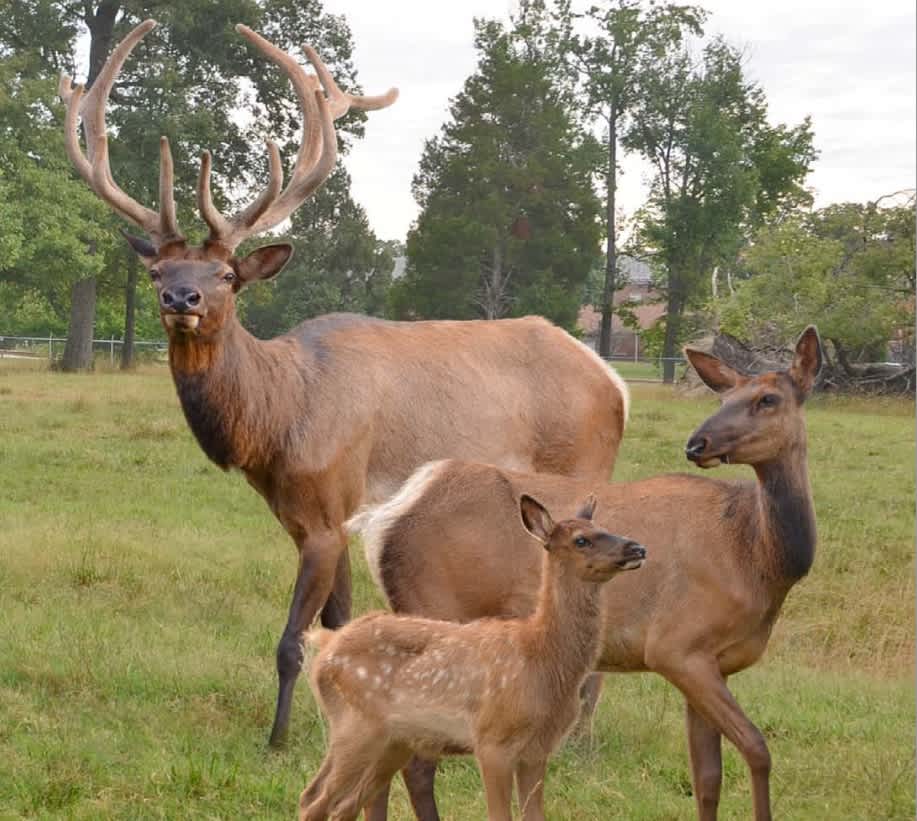The Only Elk Herd Owned by the US Army
Daniel Xu 07.23.15

Did you know that the US Army actually owns a small elk herd in Virginia?
Odds are if you live near Defense Supply Center Richmond, you might have even seen them. The story of the Army’s best known—as far as I can find, only—elk herd is a long one, and it is related to a decades-long promise.
The group of cervids is known as the Bellwood elk herd, otherwise known as “the elk that joined the army.” They didn’t exactly enlist through the normal process, however.
The elk are the benefactors of an old commitment that the Army made to the previous owners of the land they reside on. In 1900, a farmer by the name of James Bellwood decided to import a pair of elk from Yosemite to start his very own herd. The animals became known as a local attraction and grew quickly. When Bellwood died, it was his wish that whoever inherited the land take care of his herd, but that took a complicated turn in 1941 when his family decided to sell the property. One of the interested buyers was the US Army, who wanted to be build a supply depot in the area. The family’s top condition was that if the Army took over the land, the elk would remain under its protection. The officer in charge of negotiations agreed.
For a time the small herd—about 20 animals—was kept with the Army horses. After World War II and as the horses were phased out of service, the depot’s commanders questioned how they going to keep providing for the elk. They could have donated the elk to a park or turned them over to the state, but in the end the Army decided to keep its commitment.
“Feeding the elk is […] a matter of honor,” read one newspaper article in 1966.
The herd costs about $20,000 a year to maintain. Through the years the upkeep for the elk has been paid for by annual fund drives and private donations. Most of the funds go toward feeding the animals, and elk have large appetites. The army provides corn, oats, and alfalfa hay, while the elk also graze on grass. Caretakers have noted that the bulls will joust for the best spots at the feeding bin.
At any given time there are only about a handful of the animals, and currently there are about two dozen. If the herd grows too large, individual elk are captured and transported to wildlife reserves or parks around the country. Although they live withing a 20-acre fenced preserve, the elk are still considered wild and have little human contact. Besides the occasional visit from a veterinarian, the elk are left to their own devices. Sometimes this results in some strange antics.
Elk are relatively low-maintenance—being wild and all—but can get into trouble. Army caretakers have recorded instances of bull elk attacking unoccupied tractors, charging barbed wire, and even getting their heads stuck inside feed buckets. Still, that hasn’t stopped them from winning over local residents. In times past the Army even held naming contests for newborn calves.
“The elk are beloved by all the employees here. […] At how many military installations are you going to go in and see a herd of elk?” Amy T. Clement, a spokeswoman for the supply center, told the Richmond Times-Dispatch. “They are the most unique feature of Defense Supply Center Richmond.”

